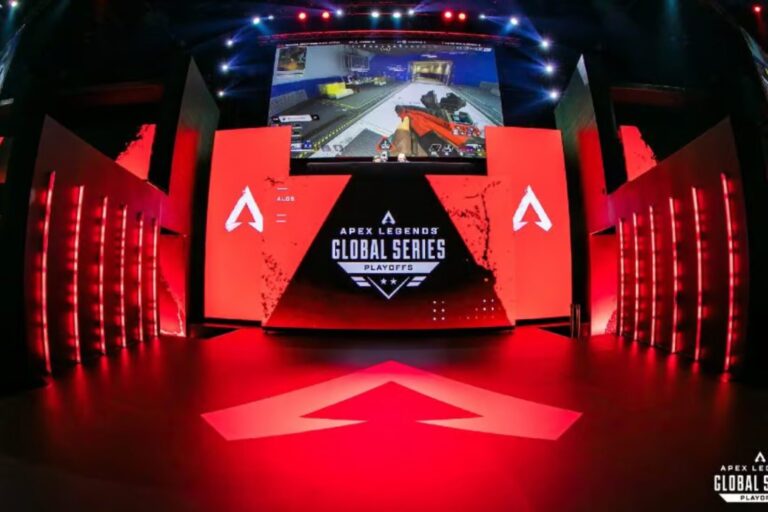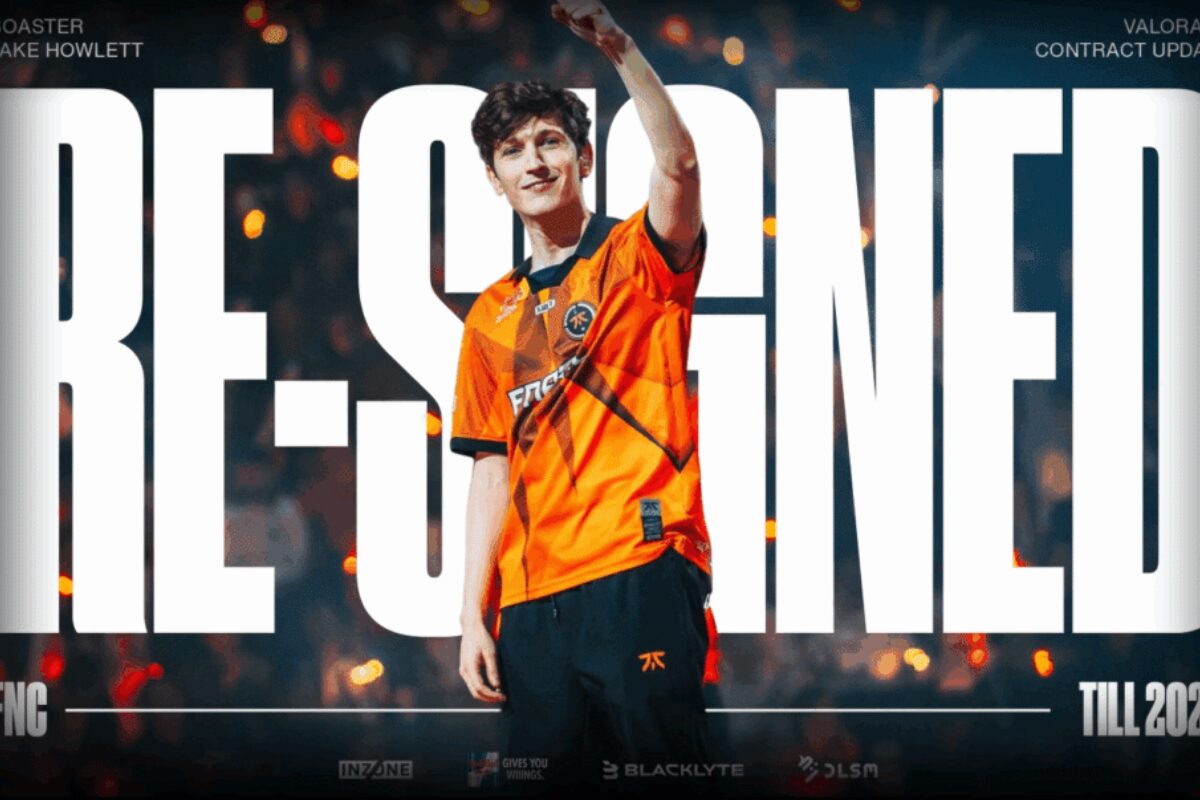
Each Valorant patch reshapes gameplay and strategies. Fnatic 2026 VCT leadership success depends on leadership adapting faster than rivals. Here’s their plan to master the meta-maze.
The pace of change: why meta-leadership matters more than ever (Fnatic 2026 VCT leadership)
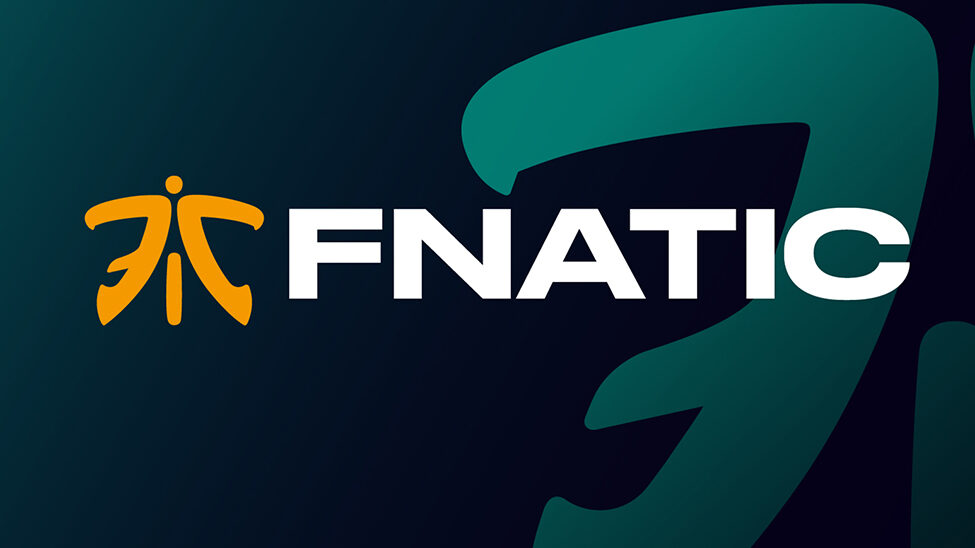

Meta shifts happen monthly with new agents, weapons, and maps. Leadership must anticipate changes before they define tournaments. Adaptation speed separates consistent winners from reactive teams.
Fnatic’s leadership & scouting pipeline for meta shifts (Fnatic 2026 VCT leadership)
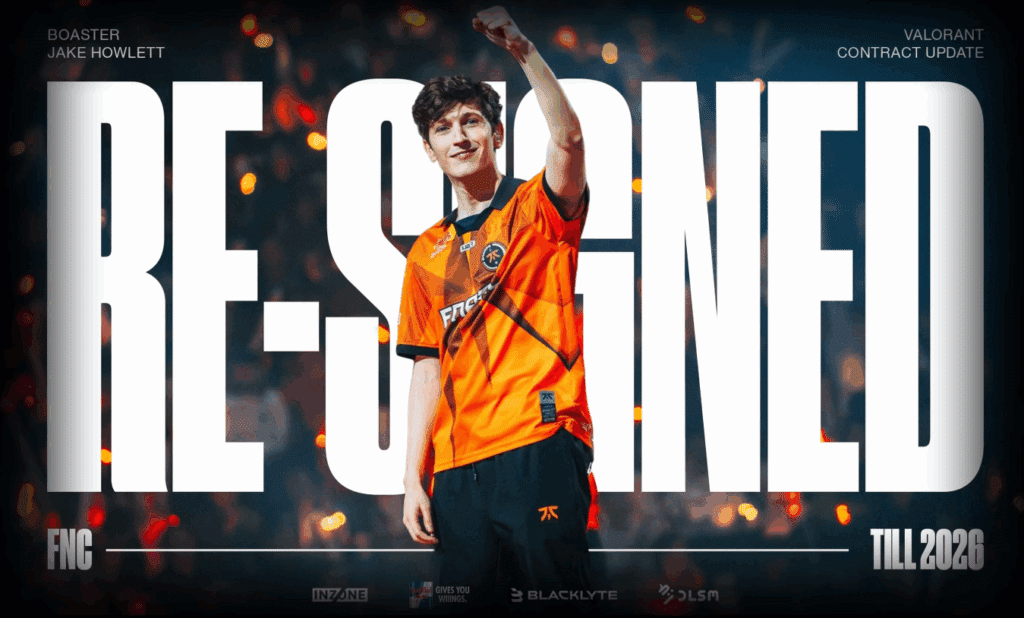
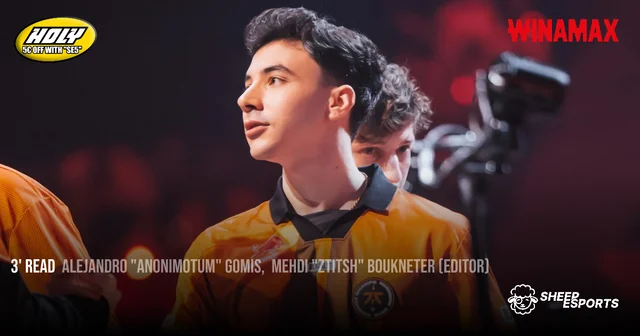
Fnatic’s analysts track regional scrims and agent pick trends. Scouting teams monitor early patches and internal developer notes. Leadership evaluates which trends align with Fnatic’s playstyle. Source: Esports.net
Early indications: what to watch in 2026 from Fnatic
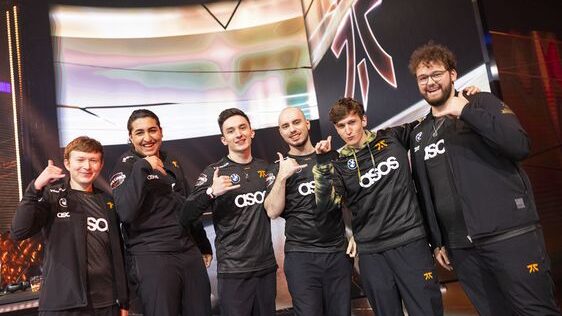
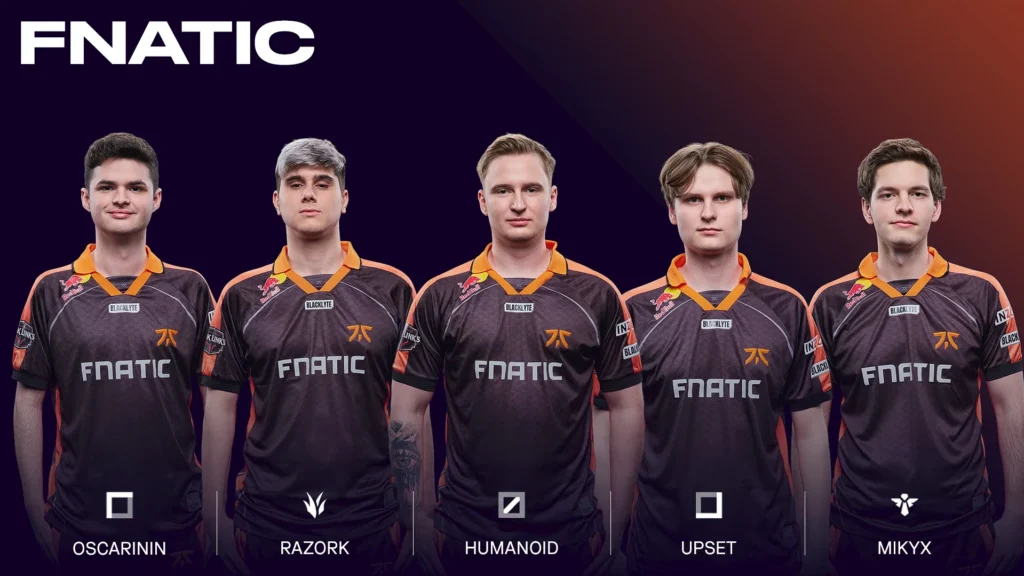
Expect Fnatic to expand tactical depth across multiple maps. Analysts predict heavier use of hybrid agents and economy flexibility. Their leadership aims for proactive, not reactive, adaptation cycles.
Fnatic 2026 VCT leadership –How leadership balances innovation vs tried-and-tested tactics
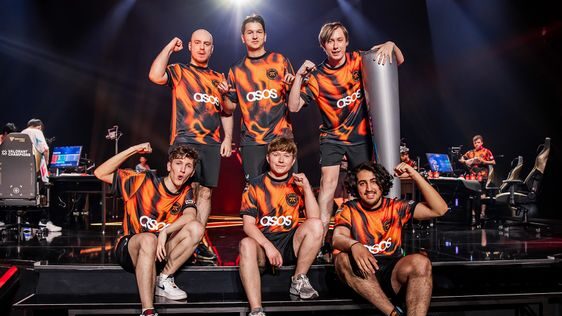
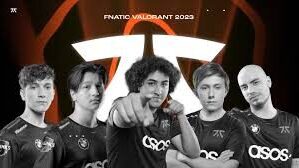
Innovation keeps strategies fresh but adds instability. Leadership weighs creative plays against proven consistency. Boaster’s guidance ensures experimentation remains structured, not chaotic.
Lessons from other regions: what Fnatic can learn
North American teams often adapt faster to balance patches. Korean rosters excel in early synergy and coordinated meta testing. Fnatic’s leadership studies these regions for competitive insight.
In Valorant, tomorrow’s meta forms overnight. Fnatic’s structured leadership aims to predict shifts, not chase them. That anticipation may define their 2026 dominance.



